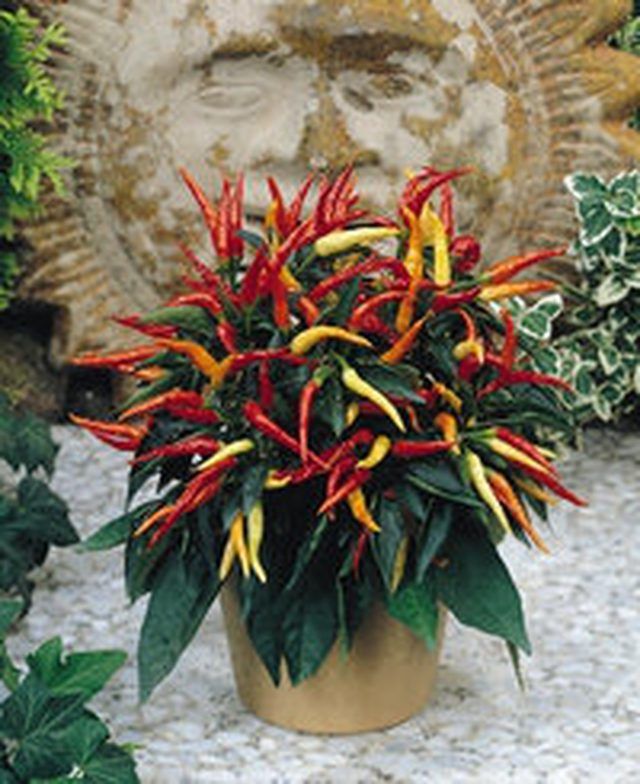Bulbs
Flower Basics
Flower Beds & Specialty Gardens
Flower Garden
Garden Furniture
Garden Gnomes
Garden Seeds
Garden Sheds
Garden Statues
Garden Tools & Supplies
Gardening Basics
Green & Organic
Groundcovers & Vines
Growing Annuals
Growing Basil
Growing Beans
Growing Berries
Growing Blueberries
Growing Cactus
Growing Corn
Growing Cotton
Growing Edibles
Growing Flowers
Growing Garlic
Growing Grapes
Growing Grass
Growing Herbs
Growing Jasmine
Growing Mint
Growing Mushrooms
Orchids
Growing Peanuts
Growing Perennials
Growing Plants
Growing Rosemary
Growing Roses
Growing Strawberries
Growing Sunflowers
Growing Thyme
Growing Tomatoes
Growing Tulips
Growing Vegetables
Herb Basics
Herb Garden
Indoor Growing
Landscaping Basics
Landscaping Patios
Landscaping Plants
Landscaping Shrubs
Landscaping Trees
Landscaping Walks & Pathways
Lawn Basics
Lawn Maintenance
Lawn Mowers
Lawn Ornaments
Lawn Planting
Lawn Tools
Outdoor Growing
Overall Landscape Planning
Pests, Weeds & Problems
Plant Basics
Rock Garden
Rose Garden
Shrubs
Soil
Specialty Gardens
Trees
Vegetable Garden
Yard Maintenance
How to Grow Medusa Peppers
How to Grow Medusa Peppers. The Medusa Pepper is a breed of pepper recently developed by the Pan American Seed Company. Though stemming from the hot pepper family, the peppers produced by the Medusa are sweet because they lack capsin, the chemical irritant that the tongue perceives as hot. It's a small plant good for indoor culinary cultivation or...

The Medusa Pepper is a breed of pepper recently developed by the Pan American Seed Company. Though stemming from the hot pepper family, the peppers produced by the Medusa are sweet because they lack capsin, the chemical irritant that the tongue perceives as hot. It's a small plant good for indoor culinary cultivation or can be used outdoors as a small ornamental shrub. The plant gets its name from its appearance because the peppers grow from the top center of the plant and fall outward as they mature. They grow in such profusion as to give the appearance of a bed of snakes twisting over one another. The Medusa Pepper is prized for its variety of color. The fruits start out bright yellow, turn green and then ripen into a rich and vibrant red. Here is a guide on how to grow Medusa Pepper plants.
Things You'll Need
High calcium-magnesium fertilizer
Epsom salts
Water
Jalapeno or habanero pepper sauce
Plug trays
Pressed perlite growing medium
Light potting soil mixed with peat in 2:1 ratio
6-inch diameter plant pots
Scissors
Begin by procuring the Medusa seeds. This may be your hardest task as the seeds are not terribly popular, though any good garden store should have them in stock. If all else fails, the Internet has many reliable seed merchants. Once you’ve got the seeds, you can go about planting them anytime in spring or early summer.
Pack a perlite growing medium into plain plastic plug trays. These are nothing more than plastic trays with depressions in them large enough to create seedling plugs to sell or transplant once they’ve sprouted. Once you’ve filled the depressions with the growing medium, simply poke a hole about an inch deep into the center of each and place a seed in them. Cover the seed with some more crumbled perlite and water them lightly. Take the time to use a pair of scissors or a knife to cut out the bottoms of each depression in the tray. The packed medium will hold without a complete bottom and this prevents a seedling from becoming rootbound should one sprout early.
Put the plug trays in direct sunlight for about 6 hours a day. If the temperature ever drops below 65 degrees Fahrenheit you should keep the trays indoors in a window sill. The seeds will germinate in 7 to 12 days and can be transplanted 3 weeks after planting.
Prepare a mixture of good lightweight potting soil and peat in a 2:1 ratio and fill the plant pots with it. Remove the plugs from the trays and inspect them. If any of the plants’ roots have curled back on themselves or follow the curve of the tray, you should lightly score them with your scissors before sinking them into the pots, growing medium and all. Water them lightly every day, but stop watering them for a day or two if the leaves begin to wilt or are moist to the touch. The magnesium and calcium needs of this plant are high, though their other nutritional needs are very low. Combine a fertilizer meeting those nutritional needs with and equal measure of Epsom salts. Dilute the mixture with a gallon of water and pour on a tablespoon every other day.
Repel insects using organic methods if you intend to use the peppers that sprout for culinary purposes. Otherwise an over-the-counter pesticide will work just fine. Insects are drawn to the Medusa Pepper because it lacks capsin, which would naturally repel them. Remedy this by mixing up a good amount of hot pepper sauce in water and pouring it over the plants once a week and immediately after a good hard rain. The hotter the pepper sauce, the less you’ll need to use to get the same effect. Your plants should be large enough to produce peppers roughly two months after transplanting, though they should only ever be harvested once they are deep red. From there, you can decide to keep them where they are or plant them in your yard or garden.
Tips & Warnings
Though these peppers contain no capsin, some people still have a very strong reaction to them as if they were hot. There is no explanation to why this is.
Ornamental peppers will become soft and leggy with excessive fertilizer.